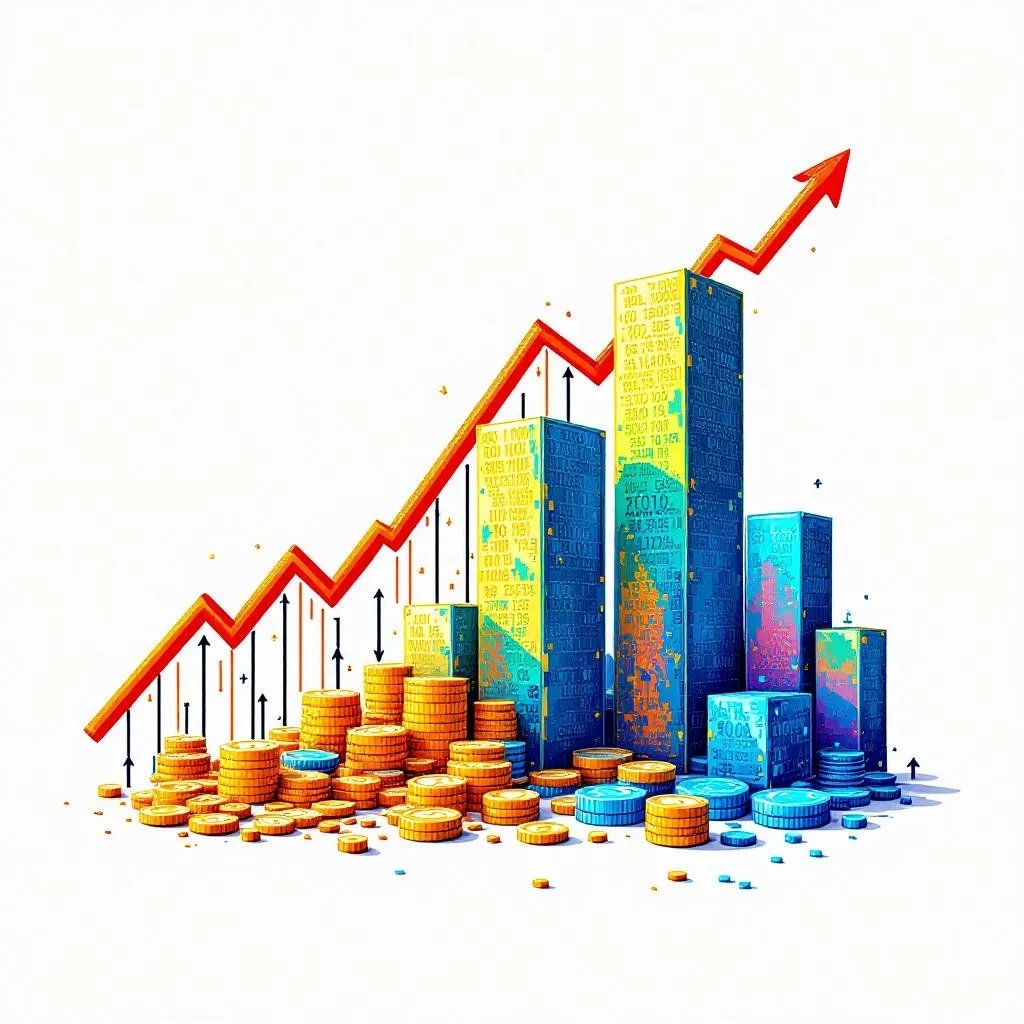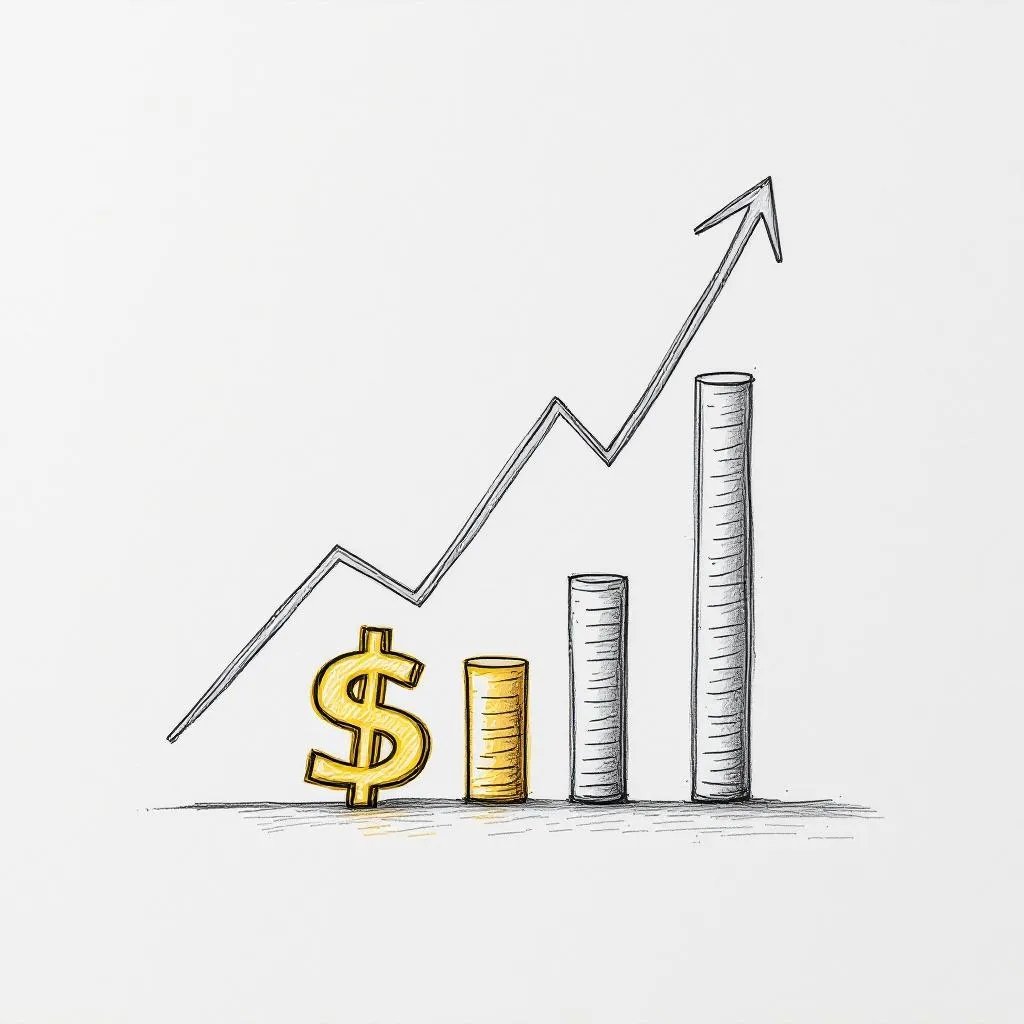Gold and silver have been valuable for thousands of years. People have used them as money, jewelry, and a way to store wealth. Even today, they’re important for investors and countries alike. But what makes their prices go up or down? Let’s take a simple, reader-friendly look at the history and key reasons behind changes in gold and silver prices.
What Makes Gold and Silver Special?
Gold and silver are real, physical assets. They can’t just be printed like paper money. Instead, they’re mined from the earth, so the supply is limited.
- Gold is mostly used for investing, jewellery, and by central banks to store value.
- Silver is used both for jewellery and industry. It’s used in electronics, solar panels, and even medical tools.
Because silver is used in more industries, its price can change more quickly than gold.

A Quick History of Gold and Silver Prices
Gold Standard (Before the 1930s):
- Many countries used gold to back their money.
- Gold prices stayed fixed — in the U.S., it was $20.67 per ounce until 1933.
After the Gold Standard (1944–1971):
- Currencies were tied to the U.S. dollar, which was linked to gold.
- This system started to fall apart due to inflation.
In 1971, the U.S. stopped backing dollars with gold. Gold prices became free to move.
The 1970s–1980s Boom:
- Gold jumped from $35 in 1971 to over $800 by 1980 due to inflation and global tensions.
- Silver soared too, hitting almost $50 in 1980 when two brothers tried to control the silver market.
2000s and the 2008 Crisis:
- Investors turned to gold and silver during financial troubles.
- Gold hit $1,900 in 2011. Silver also surged close to $50 again.
- COVID-19 and Recent Years:
- In 2020, gold went above $2,000 due to fear and economic uncertainty.
- Silver also rose as demand grew for green technologies like solar panels.
What Makes Prices Go Up or Down?

Inflation and Interest Rates:
- When inflation rises, people buy gold and silver to protect their money.
- Higher interest rates can make gold and silver less attractive because they don’t earn interest.
U.S. Dollar Strength:
Gold and silver are priced in U.S. dollars. When the dollar gets stronger, metals usually get cheaper (and vice versa).

World Events and Crises:
Wars, pandemics, and financial crashes make people want safe assets like gold.
Example: Prices spiked during the 2008 crisis and again during COVID-19.
Central Banks:
- When countries buy gold, it pushes prices up.
- Recently, countries like China and Russia have been buying more gold.
Industrial Use (Especially for Silver):
- Silver is used in many products. So if the economy grows, silver demand increases.
- But if the economy slows, silver prices might fall more than gold.
What This Means for Investors
- Gold and silver help diversify your investments. They can protect your money during tough times.
- Silver is more unpredictable, but can offer bigger gains and losses.
- Timing matters. It’s better to invest slowly and regularly than to try and guess the perfect time to buy or sell.
Conclusion
Gold and silver prices change for many reasons — from world events to inflation to demand from factories. Looking at history shows how these precious metals react during uncertain times. Whether you’re just curious or thinking about investing, knowing the story behind gold and silver prices can help you make smarter choices.
They’ve been valuable for centuries — and will likely remain so for many more to come.